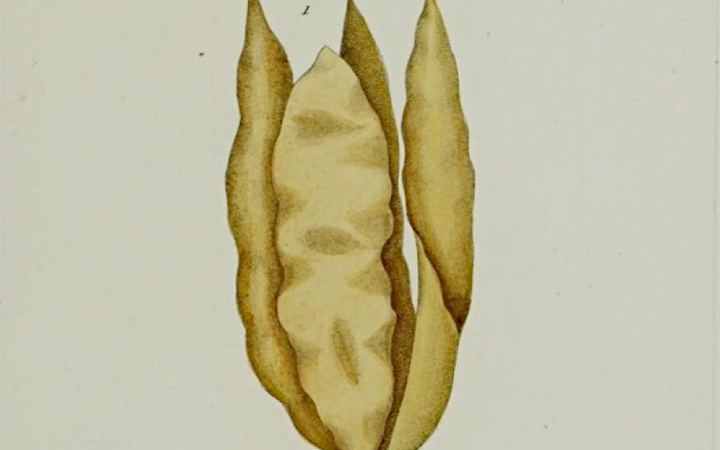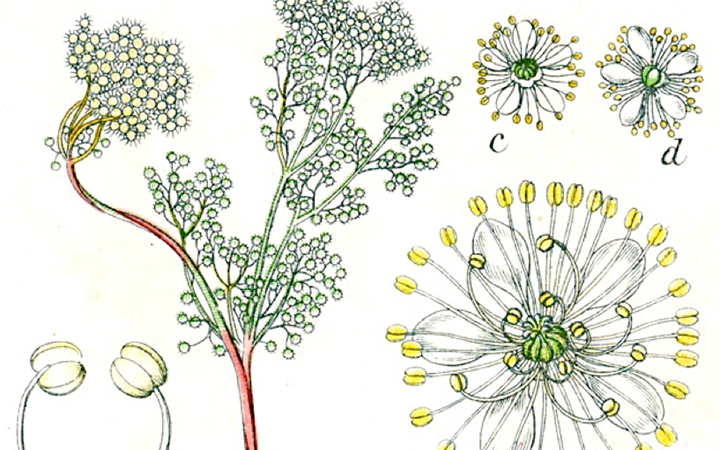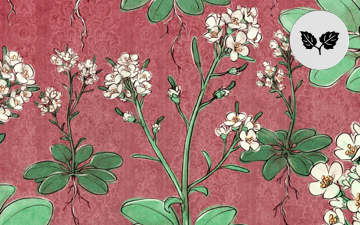Eudicots

Himalayan Blackberry
Rubus armeniacus


2 POINTS
Fact: Native to Armenia and Northern Iran, the species was introduced to Europe in 1835 and to Australasia and North America in 1885.

Kelp
Laminaria genus


2 POINTS
Fact: Kelp grows in underwater “forests” (kelp forests) in shallow oceans.

Meadowsweet
Filipendula ulmaria


2 POINTS
Fact: It is known by many other names, and in Chaucer’s “The Knight’s Tale,” it is known as Meadwort.

Pedunculate Oak
Quercus robur


2 POINTS
Fact: Quercus robur is a large deciduous tree, and is also known as the English Oak.

Woodland Strawberry
Fragaria vesca


2 POINTS
Fact: It is also used as a genetic model plant for the garden strawberry and the Rosaceae family in general.

Arabidopsis
Arabidopsis thaliana


1 POINTS
This small flowering plant from the mustard family is an ideal model organism because of its short generation time, large yield, and small genome. It was the first plant to have it’s entire genome sequenced.